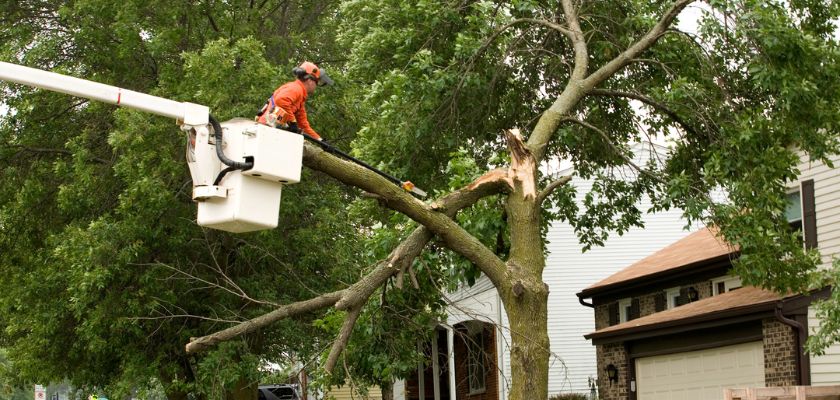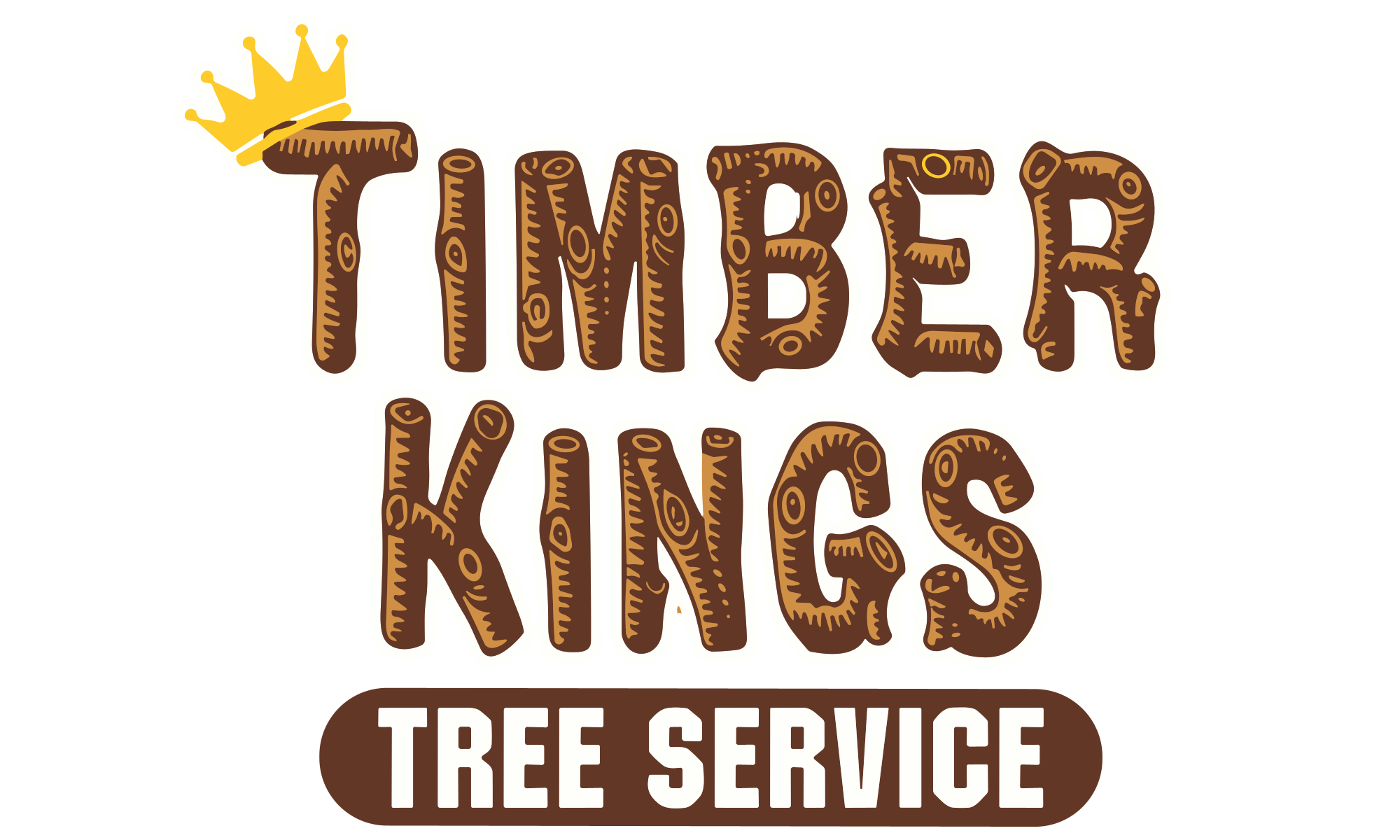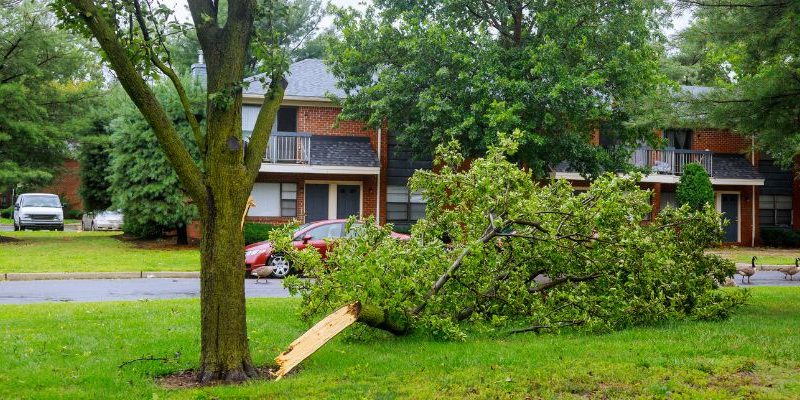Trees add beauty and value to our landscapes, providing shade and enhancing the environment. However, there are times when a tree poses a risk to safety and property, necessitating its removal. Recognizing the signs that indicate a tree should be removed can prevent accidents and damage. This article explores the critical signs to watch for and offers guidance on the process of safe tree removal.
Table Of Contents
Recognizing the Warning Signs

It’s essential to monitor the health and stability of trees regularly. Understanding the warning signs of a compromised tree can help you take timely action.
Visible Damage and Decay
One of the most apparent indicators that a tree may need removal is visible damage or decay. This can include:
- Cracked or Split Trunks: Deep cracks or splits in the trunk can weaken the tree’s structure, making it prone to falling.
- Mushrooms or Fungi: The presence of mushrooms or fungi growing at the base of the tree can indicate internal rot.
- Hollow Trunks: A hollow trunk lacks the structural integrity to support the tree, posing a significant risk.
Dead or Dying Branches
Another clear sign is the presence of dead or dying branches. If more than 50% of the tree’s branches are dead or dying, the tree is likely not able to sustain itself and could become a hazard.
- Leafless Branches: Branches without leaves during the growing season are a red flag.
- Brittle Branches: Branches that break easily under pressure can indicate internal problems.
Leaning Trees
A tree that suddenly begins to lean, especially if it wasn’t leaning before, can be a sign of root or trunk damage. A gradual lean over time may not be as concerning as a sudden shift, which often suggests immediate instability.
- Leaning Towards Structures: Trees leaning towards homes, garages, or other structures pose a direct threat and should be assessed promptly.
- Soil Disturbance: Uplifted soil on one side of the tree base can indicate that roots are pulling out of the ground.
Evaluating Tree Health
Determining whether a tree should be removed often requires a thorough evaluation of its health and the risks it poses.
Professional Tree Inspection
Hiring a certified arborist for a professional tree inspection is a crucial step. Arborists can accurately assess the tree’s condition and provide recommendations.
- Tree Health Report: An arborist can provide a detailed health report, outlining issues such as diseases, pests, and structural weaknesses.
- Risk Assessment: Professionals can evaluate the risk factors, considering the tree’s location and potential to cause damage.
Internal Decay Detection
Advanced techniques, such as resistograph testing and sonic tomography, can detect internal decay that isn’t visible externally. These methods help in making informed decisions about tree removal.
- Resistograph Testing: Measures resistance to drilling to identify decay.
- Sonic Tomography: Uses sound waves to create a visual representation of the tree’s internal structure.
Pest Infestation
Severe pest infestations can compromise tree health, sometimes necessitating removal. Signs of infestation include:
- Unusual Bores or Holes: Small holes in the trunk or branches can indicate boring insects.
- Saw Dust or Frass: Piles of sawdust-like material at the base of the tree.
- Declining Health: General decline in health despite treatments.
Safely Removing a Tree
When the decision is made to remove a tree, it’s important to follow safe practices to protect yourself and your property.
Hiring Professional Tree Removal Services
Tree removal is a complex and dangerous task that should be left to professionals. Tree removal services in Valrico, FL, offer expertise and equipment to safely remove hazardous trees.
- Licensed and Insured Services: Ensure the tree removal service is licensed and insured to cover any potential damage or accidents.
- Experience and Equipment: Professionals have the necessary experience and equipment to handle removals, especially of large or precariously positioned trees.
Preparing for Tree Removal
Before the removal process begins, proper preparation is essential:
- Clearing the Area: Remove any objects or furniture from the vicinity of the tree.
- Informing Neighbors: Notify neighbors about the removal, especially if the tree is near property lines.
- Acquiring Permits: Check local regulations to determine if a permit is required for tree removal.
The Removal Process
Understanding the tree removal process can help set expectations and ensure everything goes smoothly.
- Assessment and Planning: The team will assess the tree and plan the removal process, determining the safest method.
- Cutting and Felling: Depending on the tree’s size and location, it may be cut down in sections or felled in one piece.
- Stump Removal: Post-removal, stump grinding or removal can prevent future issues and improve the aesthetics of your landscape.
Final Wording
Recognizing when to remove a tree is crucial for maintaining a safe and beautiful property. By understanding the signs of a compromised tree, seeking professional evaluations, and engaging in safe removal practices, you can protect your home and loved ones.
Storm preparation for trees is also vital, as proactive measures can prevent many issues before they arise. Tree removal services in Valrico, FL, provide the expertise needed to handle tree removals safely and efficiently, ensuring your property remains secure.
Remember, the key to effective tree management lies in regular monitoring, timely intervention, and professional guidance. By following these guidelines, you can ensure the health and safety of your trees and property for years to come.
FAQ’s
1. What are the signs that a tree needs to be removed?
Several signs indicate a tree may need removal, including visible damage or decay, such as cracked or split trunks, mushrooms or fungi growing at the base, and hollow trunks. Dead or dying branches and sudden leaning are also significant indicators. Regular inspection and professional assessments can help identify these issues early.
2. How often should I inspect my trees for potential removal?
It’s advisable to inspect your trees at least once a year. However, if you live in an area prone to severe weather conditions, more frequent inspections may be necessary. Additionally, after any major storm, a thorough inspection can help identify any immediate risks.
3. Can I remove a tree myself, or should I hire professionals?
Tree removal is a complex and dangerous task that is best left to professionals. Hiring professional tree removal services in Valrico, FL, ensures that the job is done safely and efficiently. Professionals have the necessary equipment and expertise to handle tree removals, especially for large or precariously positioned trees.
4. What should I do if my tree suddenly starts leaning?
If a tree suddenly starts leaning, especially if it wasn’t leaning before, it’s crucial to act quickly. A sudden lean often indicates root or trunk damage and can pose a significant risk. Contact a professional arborist to assess the tree’s stability and determine if removal is necessary.
5. How do I prepare my property for tree removal?
Preparing your property for tree removal involves clearing the area around the tree, notifying neighbors if the tree is near property lines, and acquiring any necessary permits. Additionally, ensure that the tree removal service you hire is licensed and insured to cover any potential damage or accidents.







